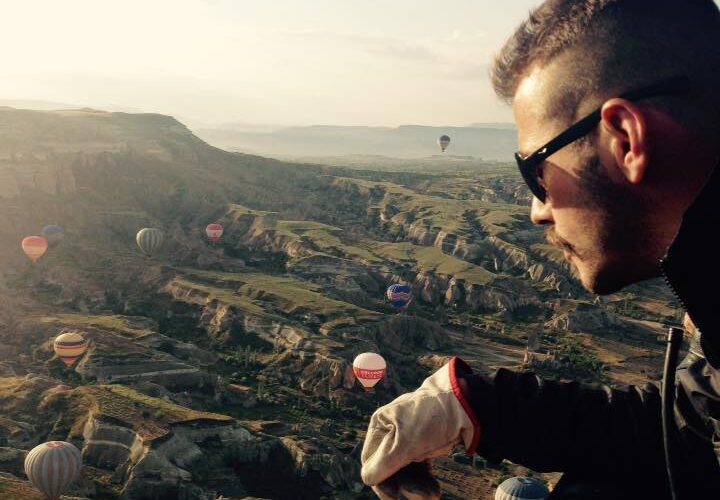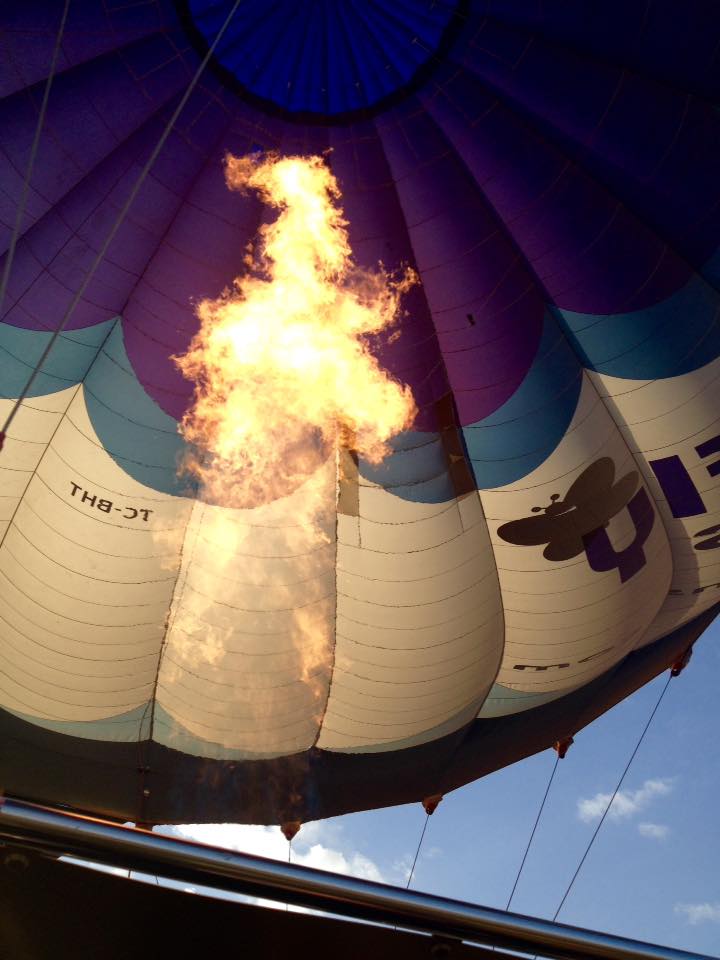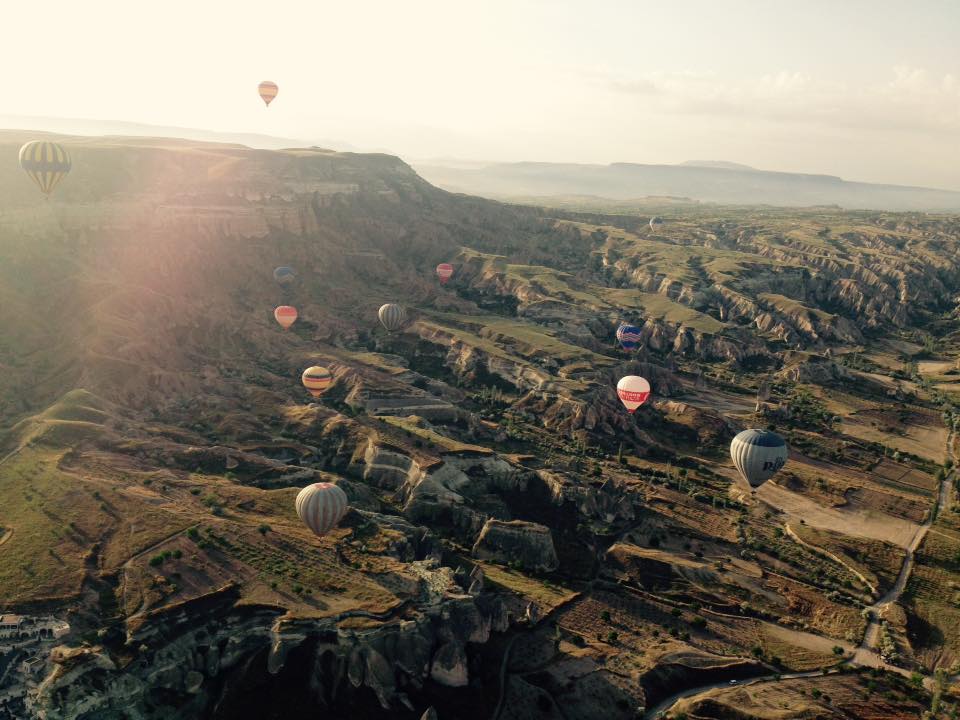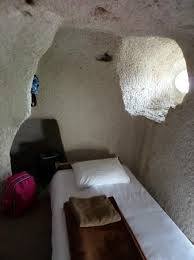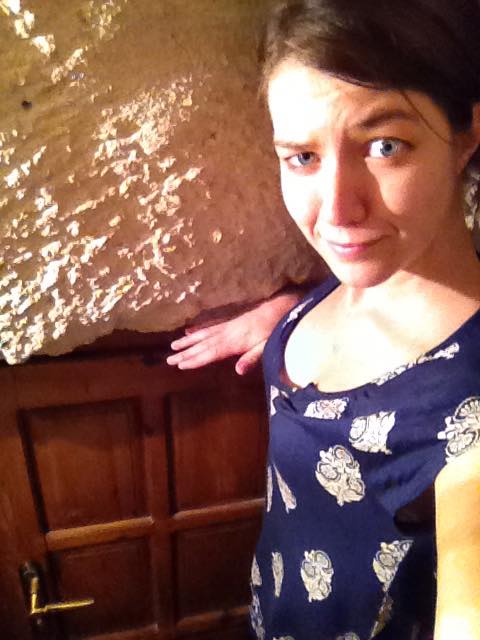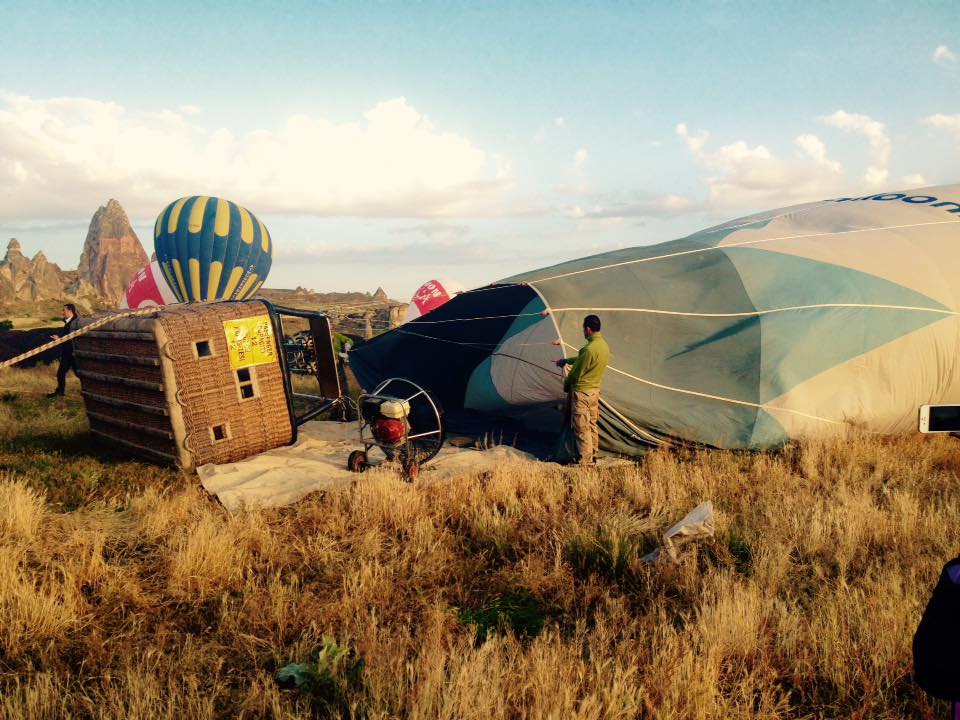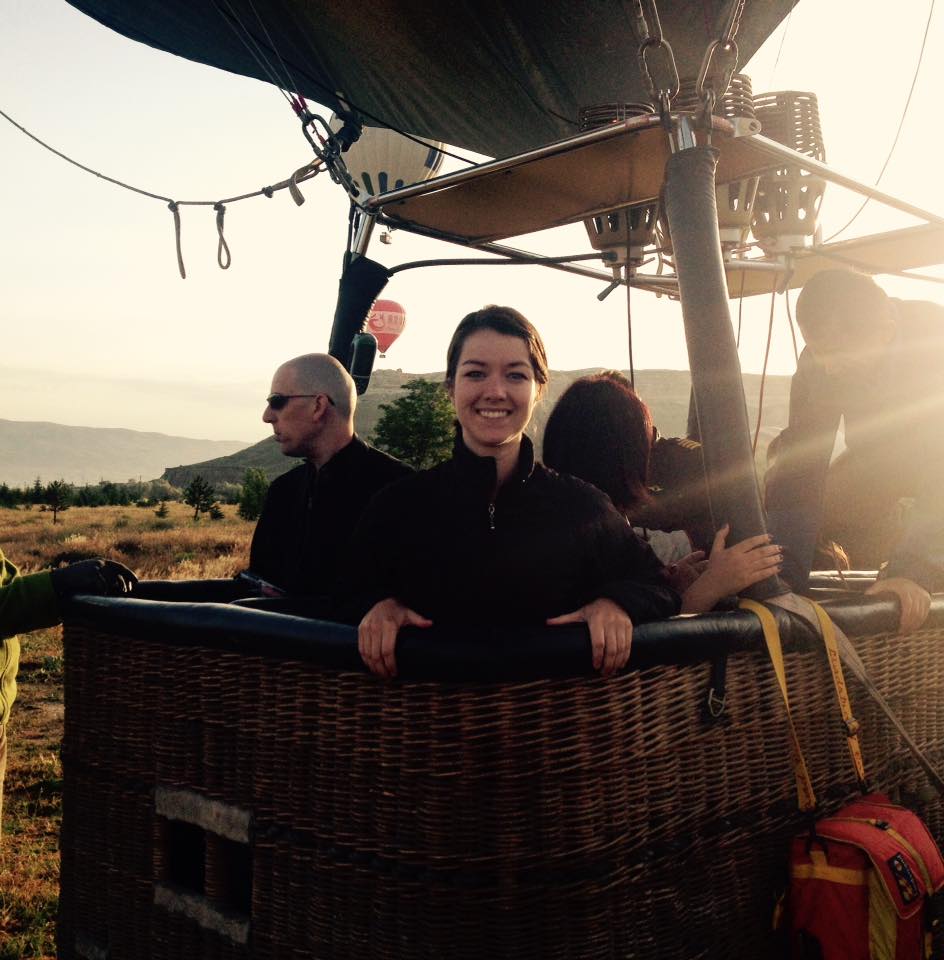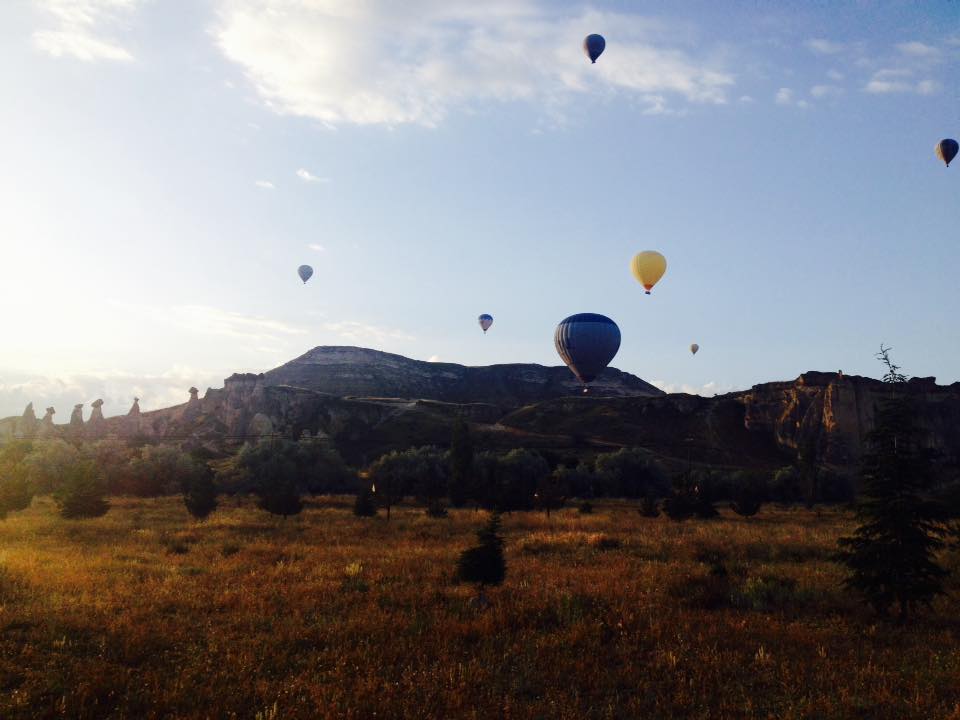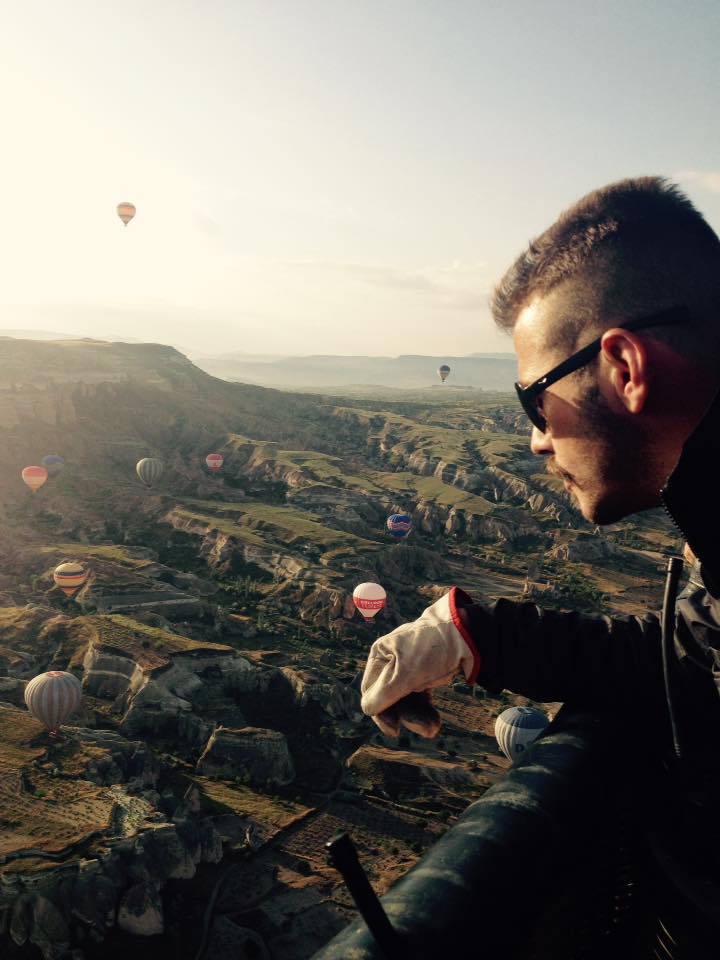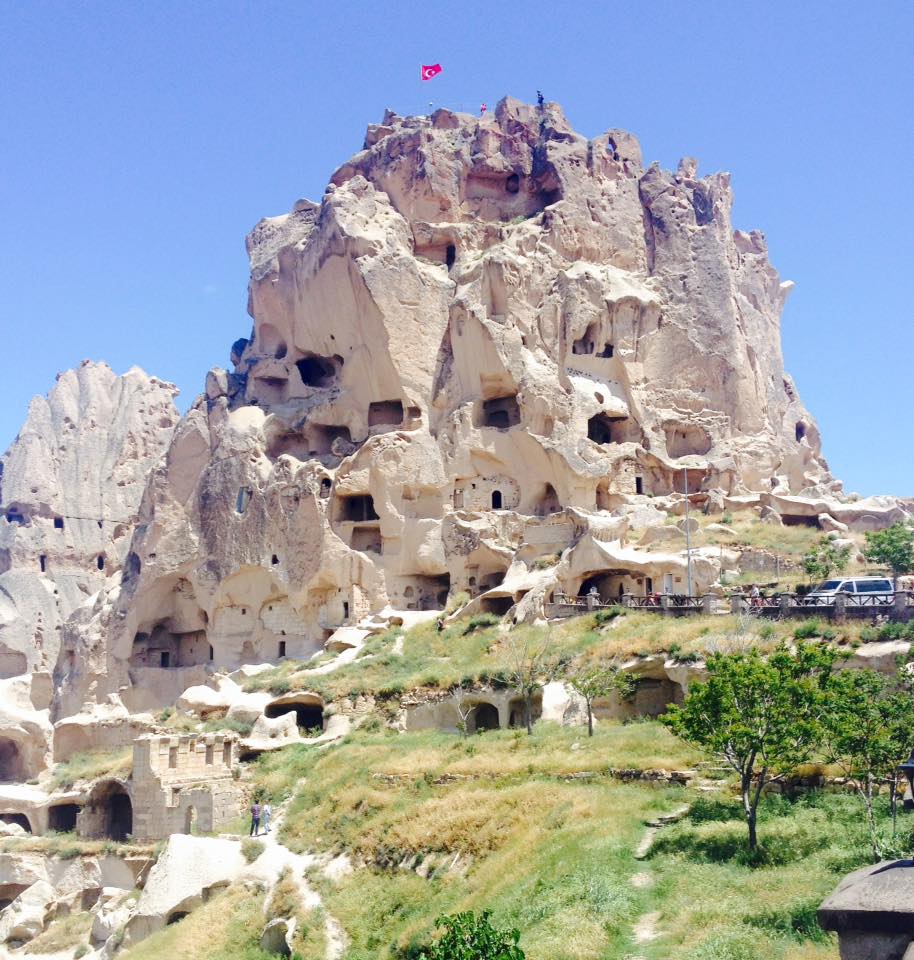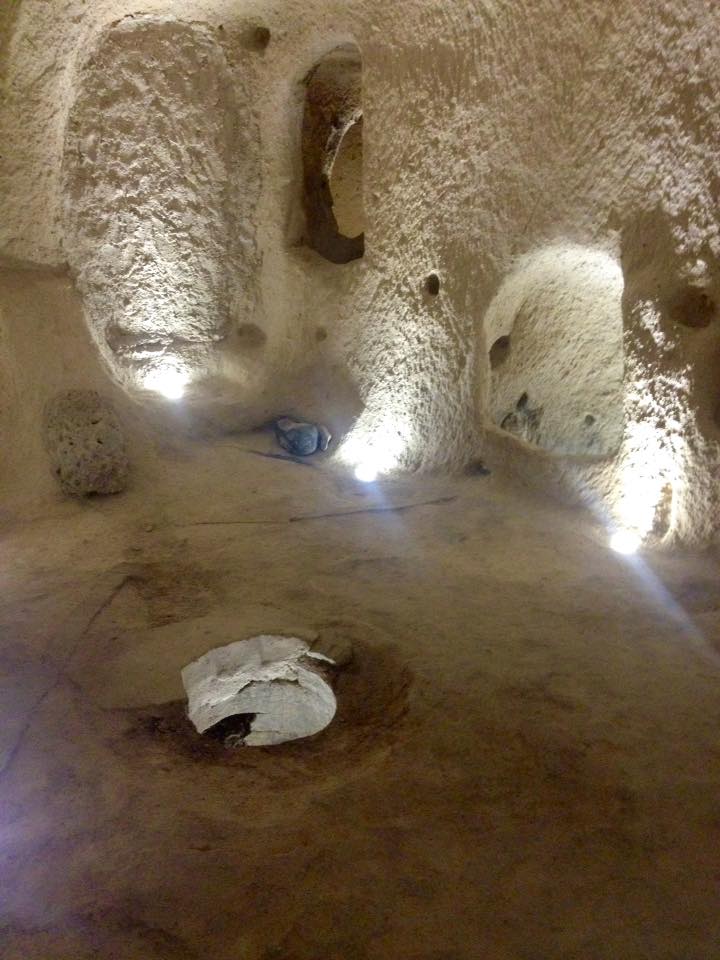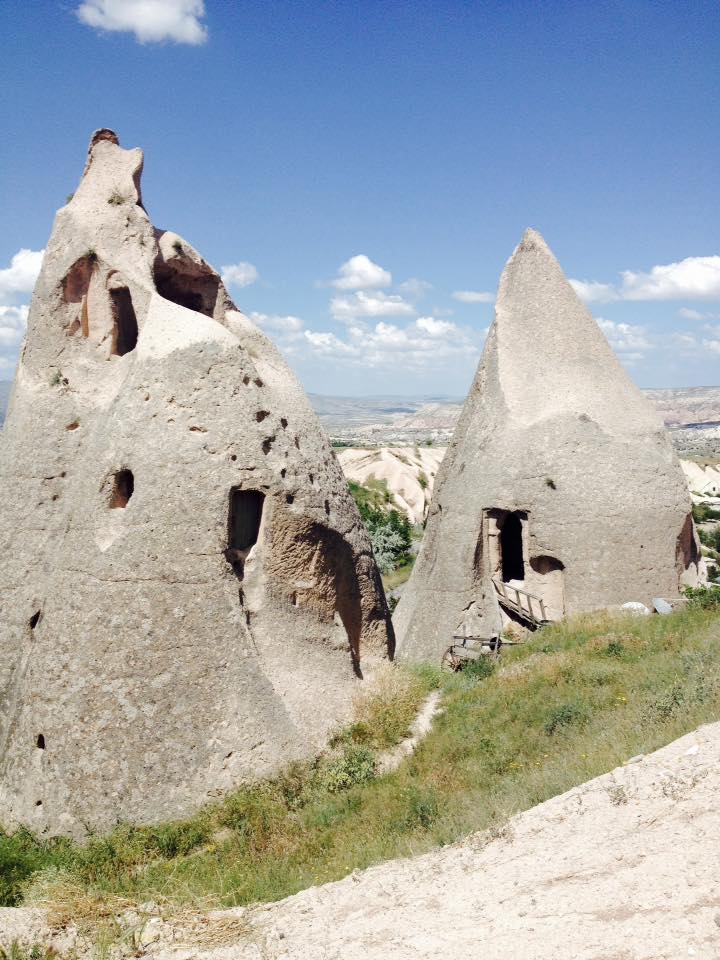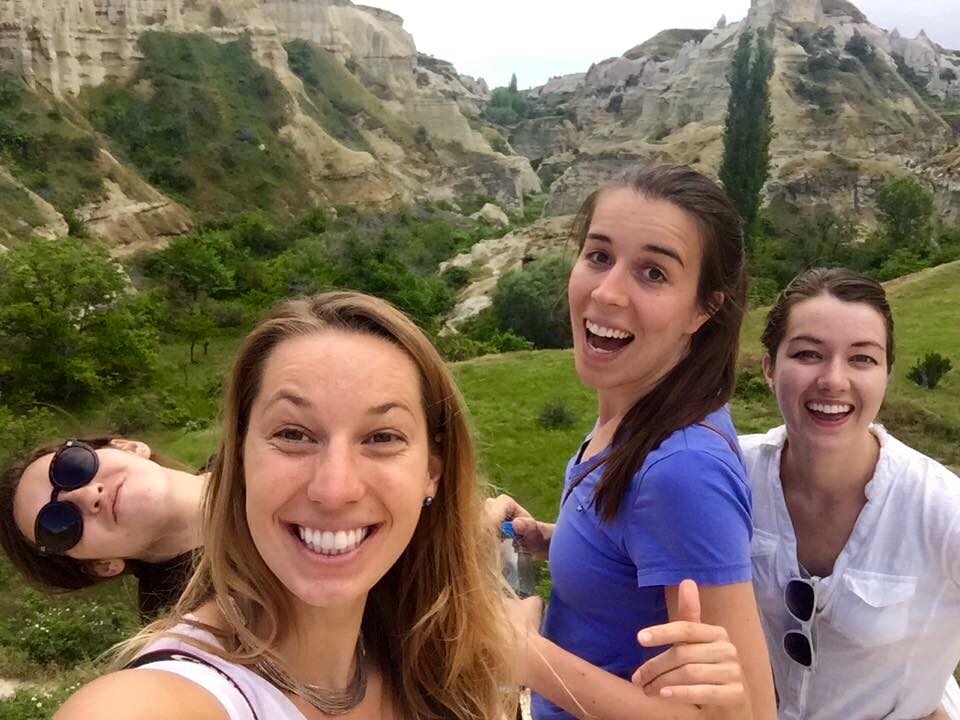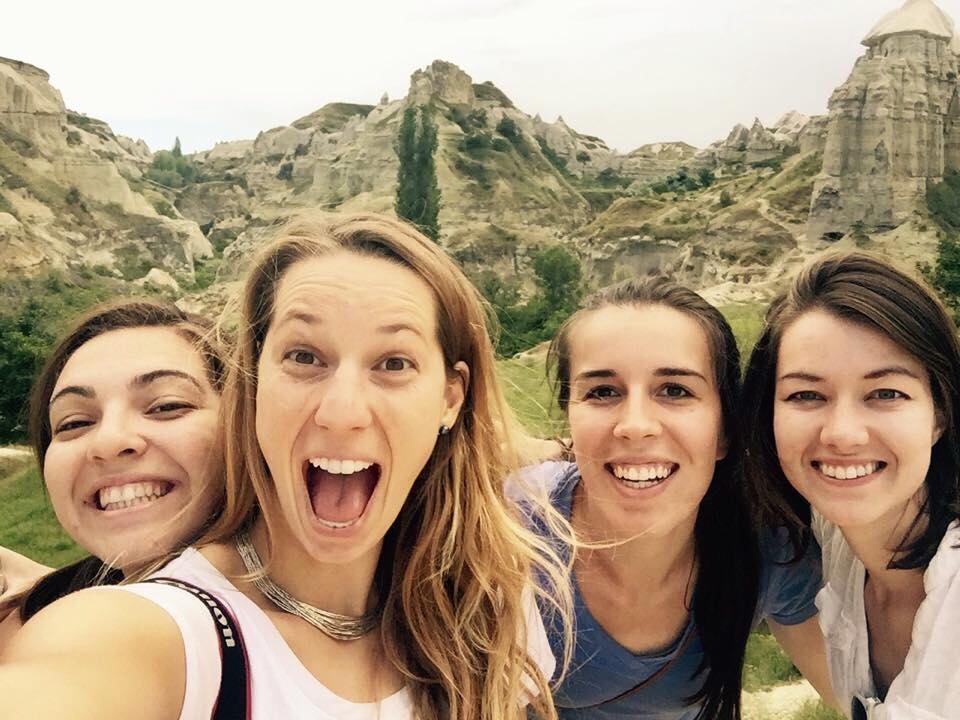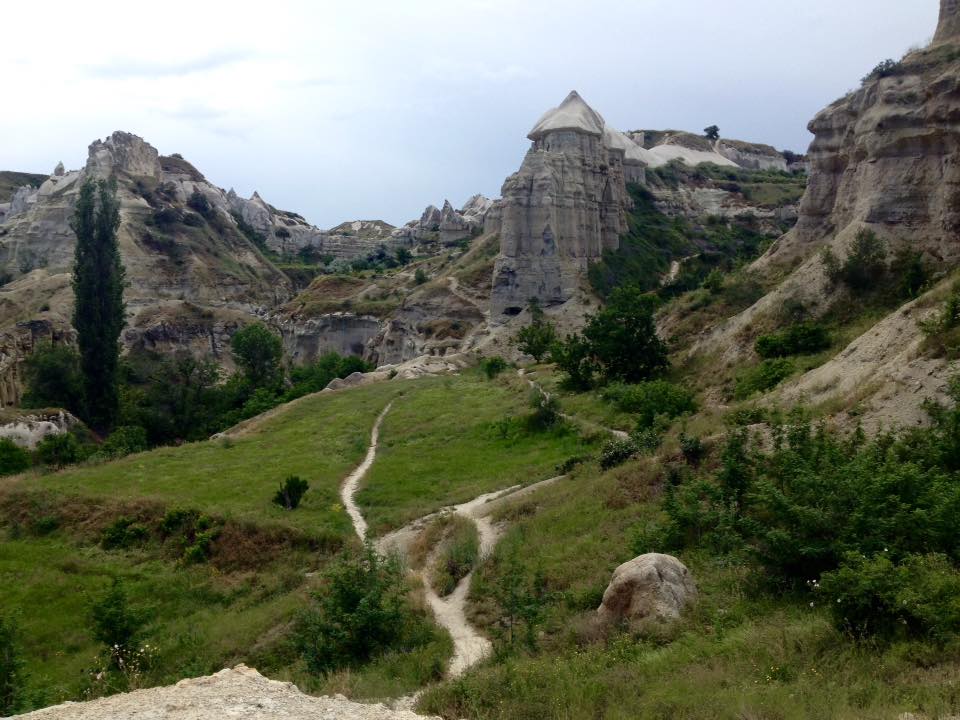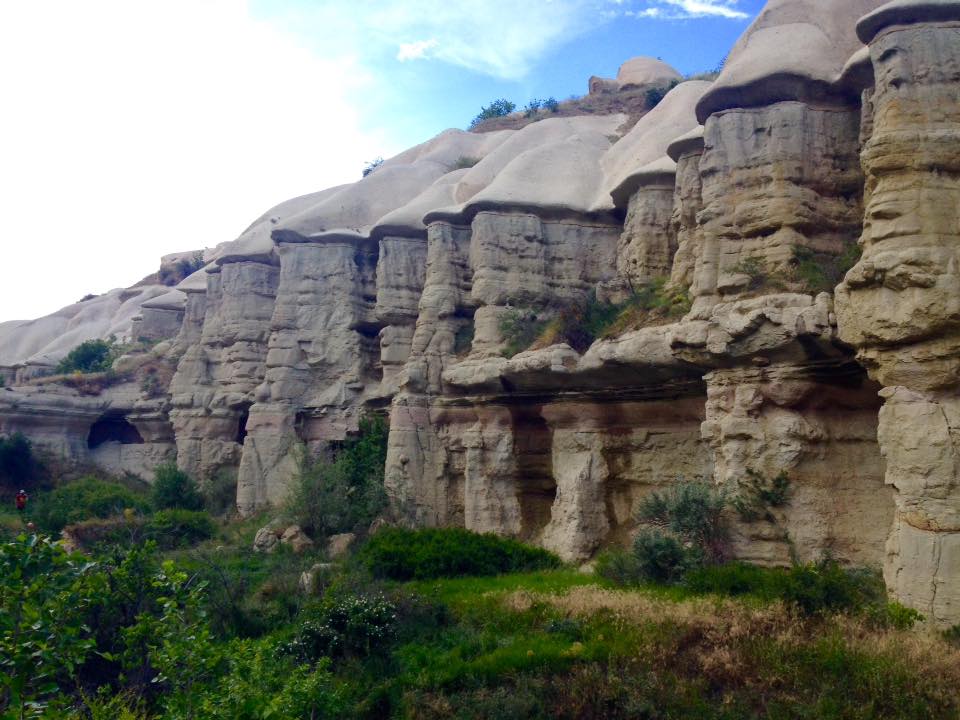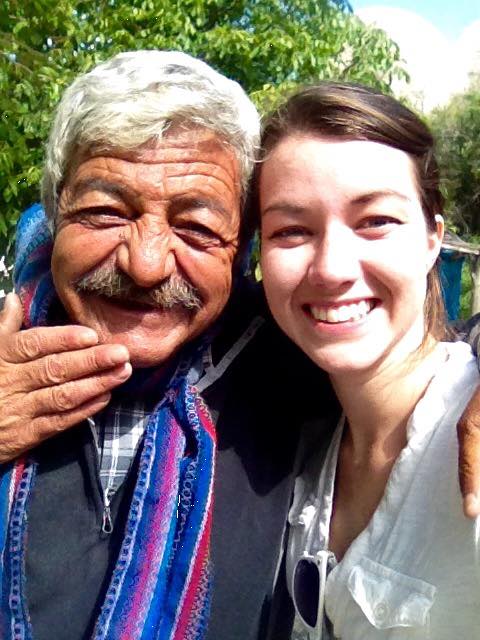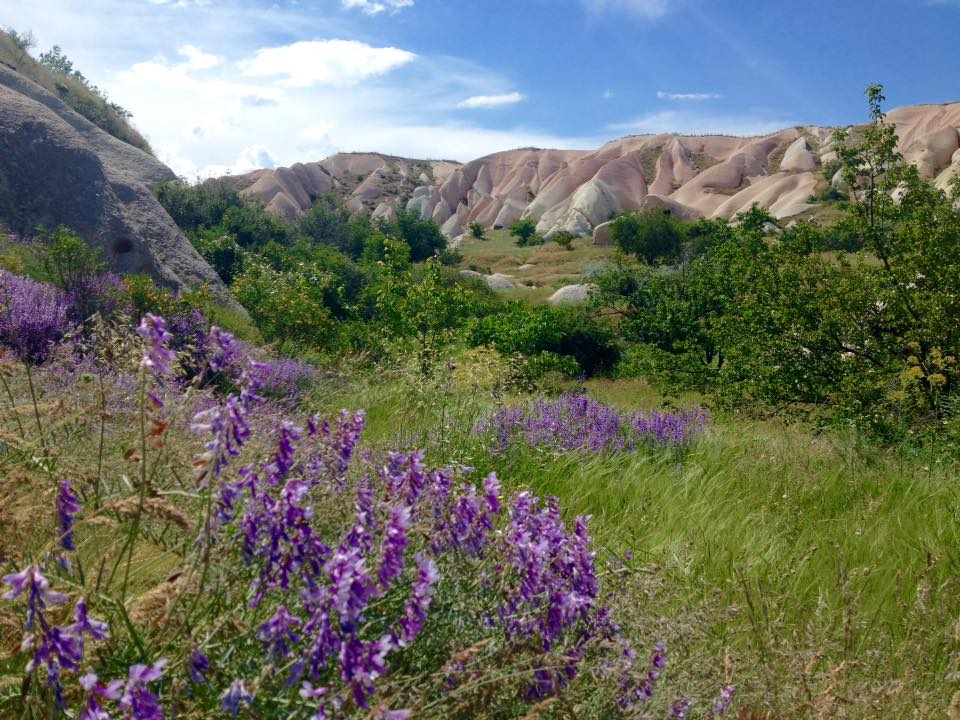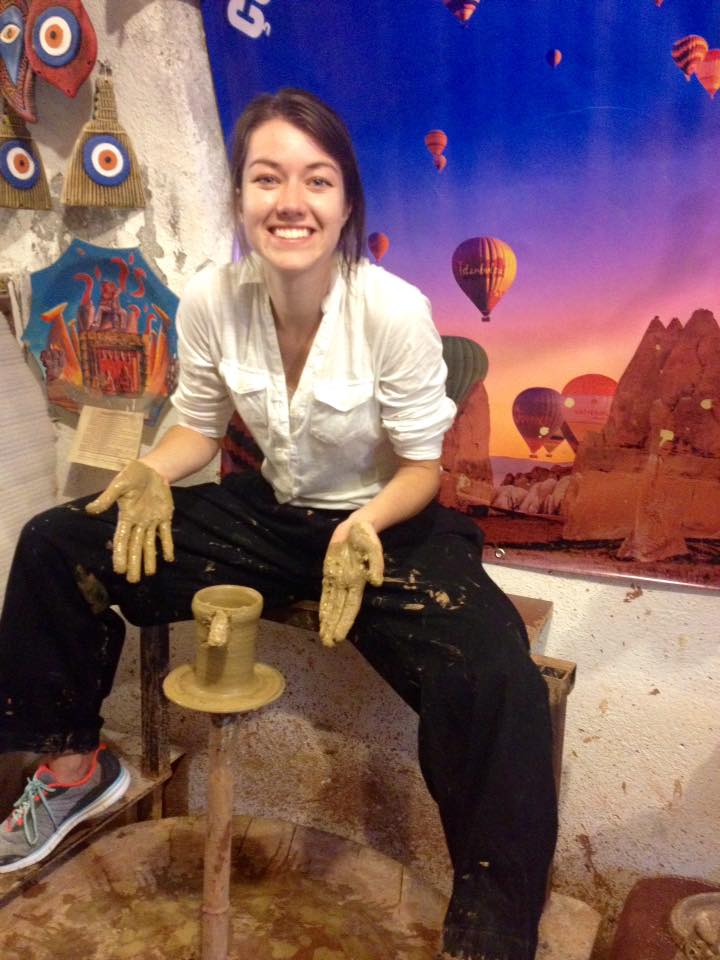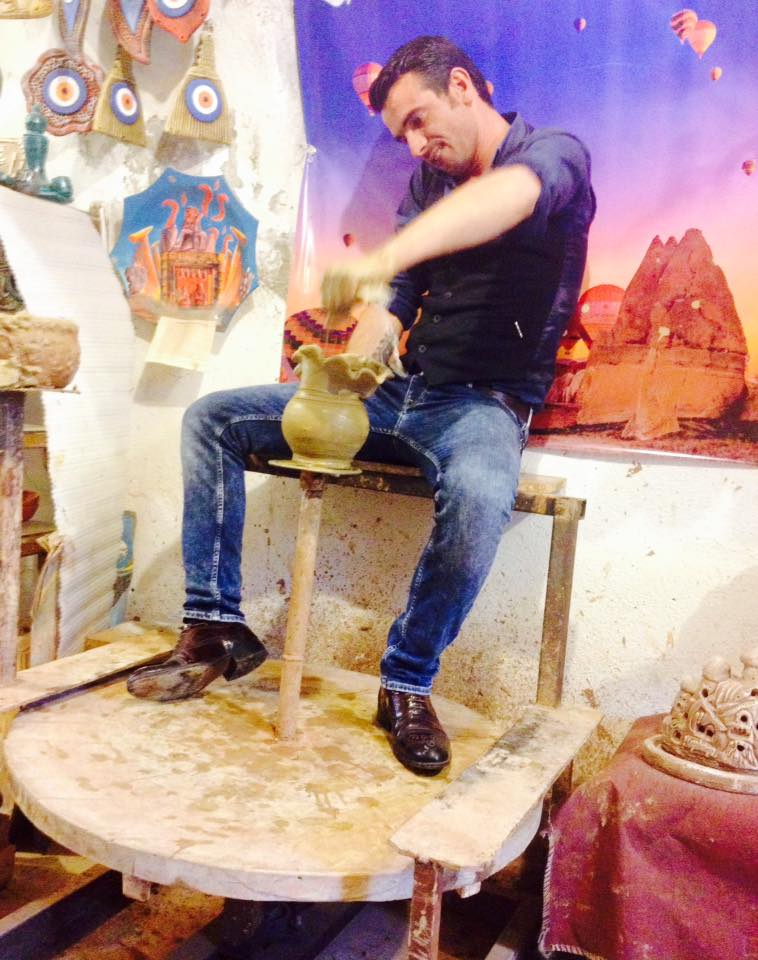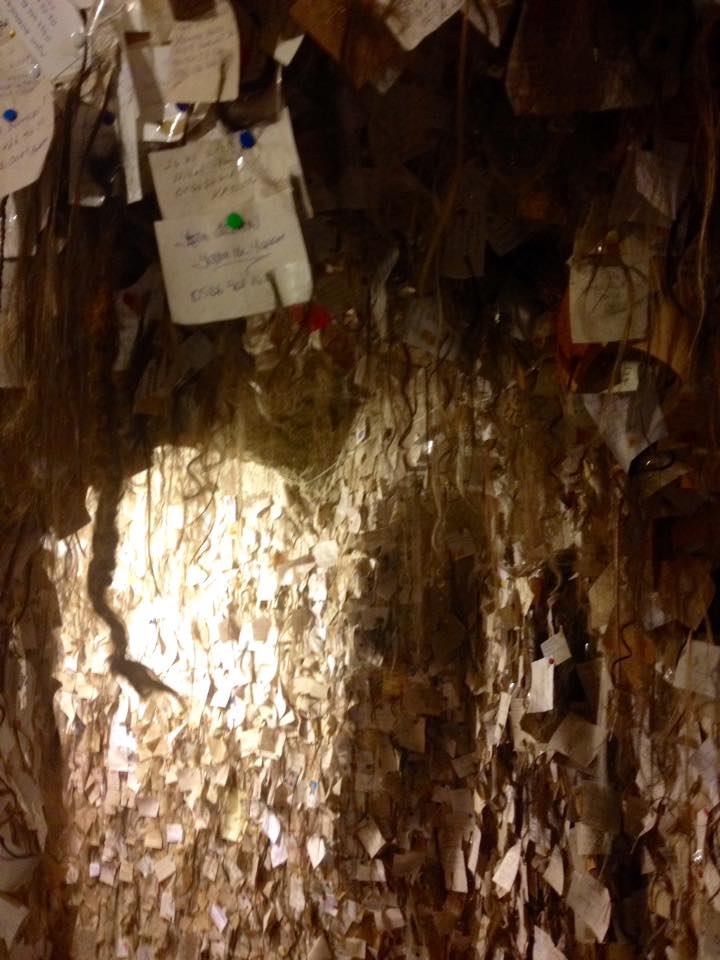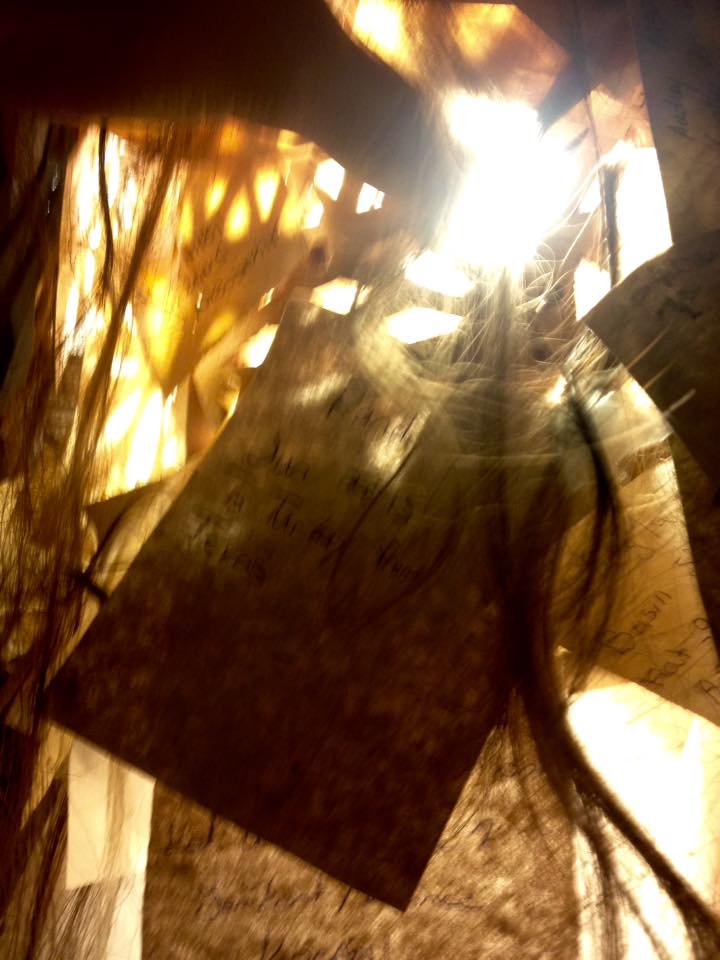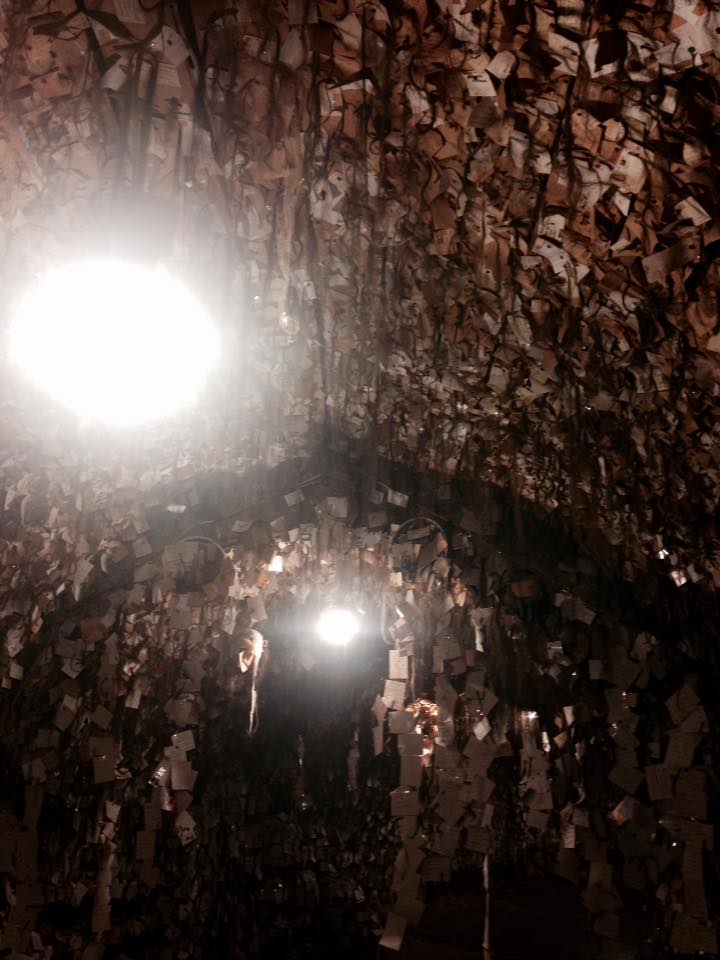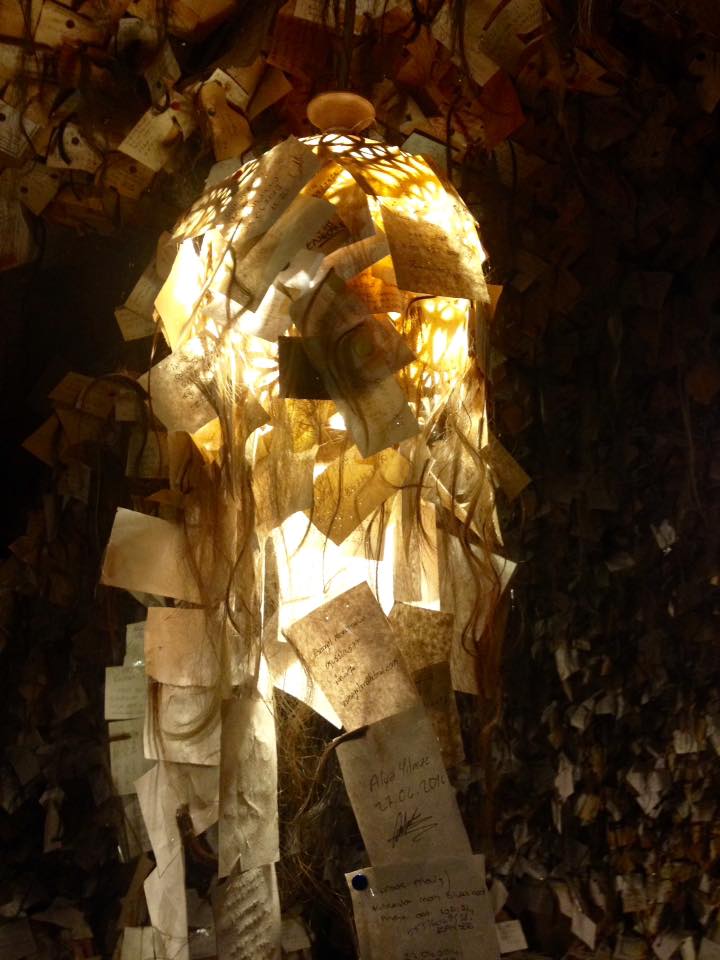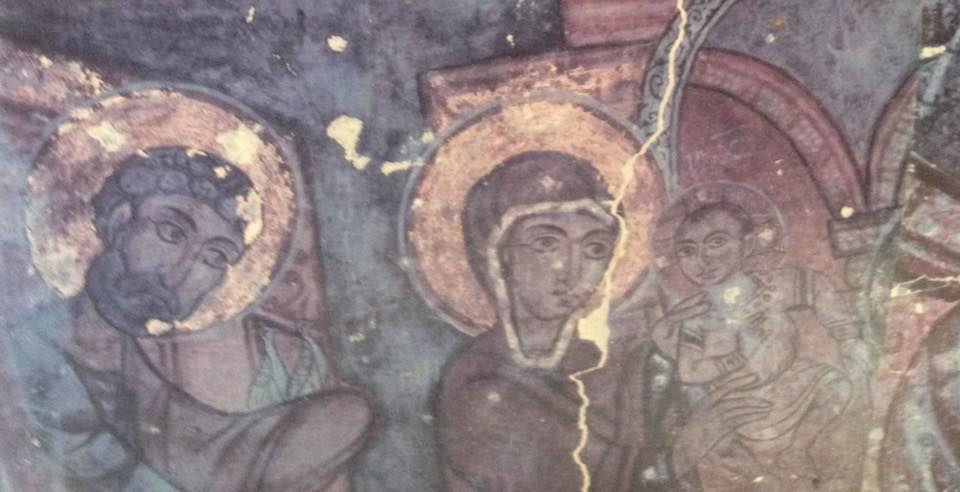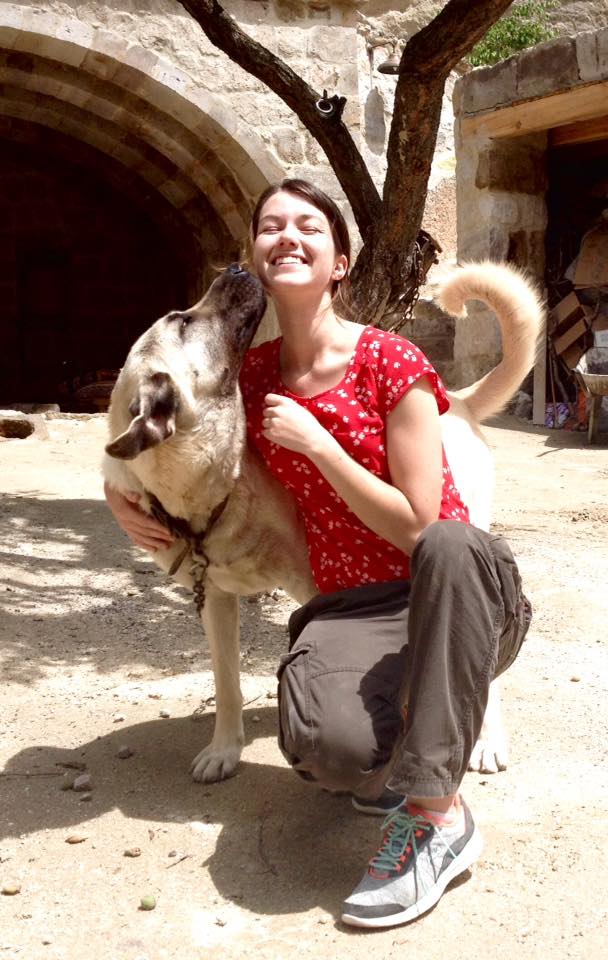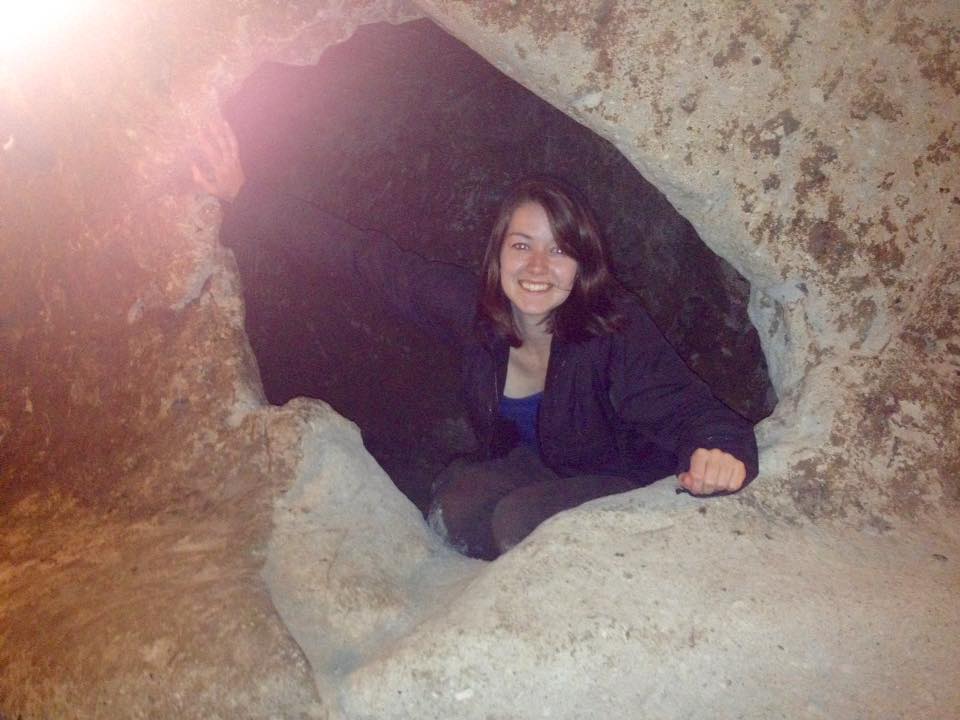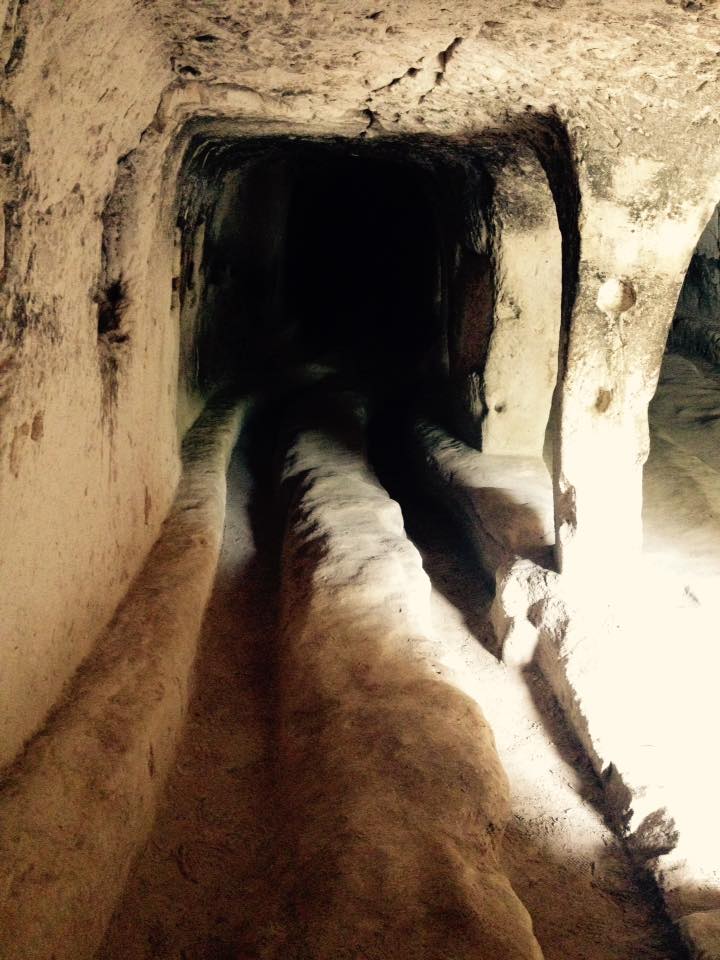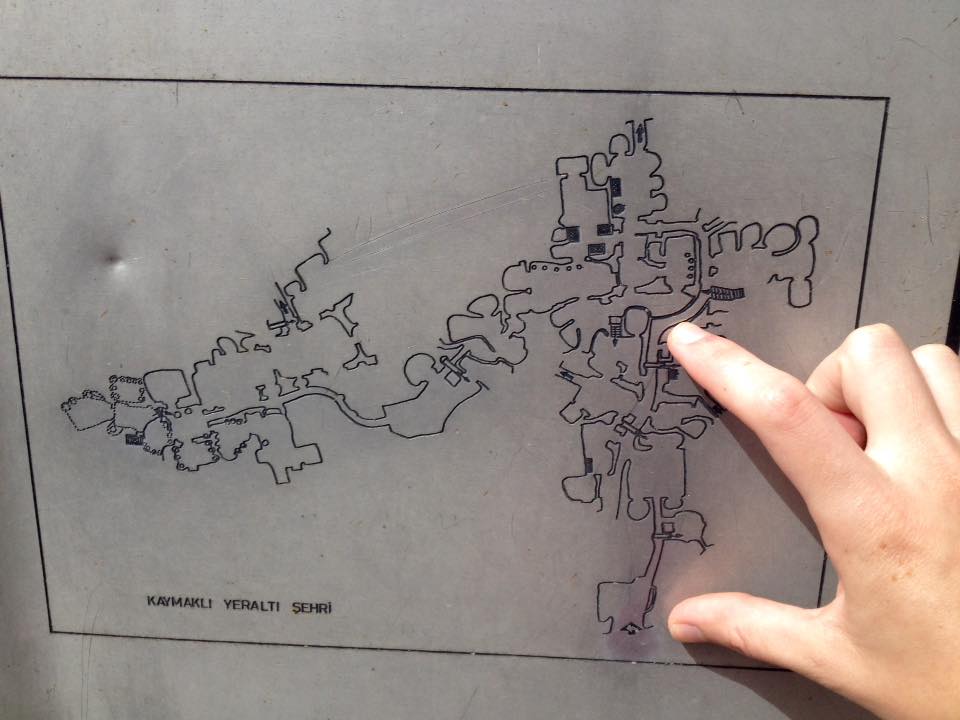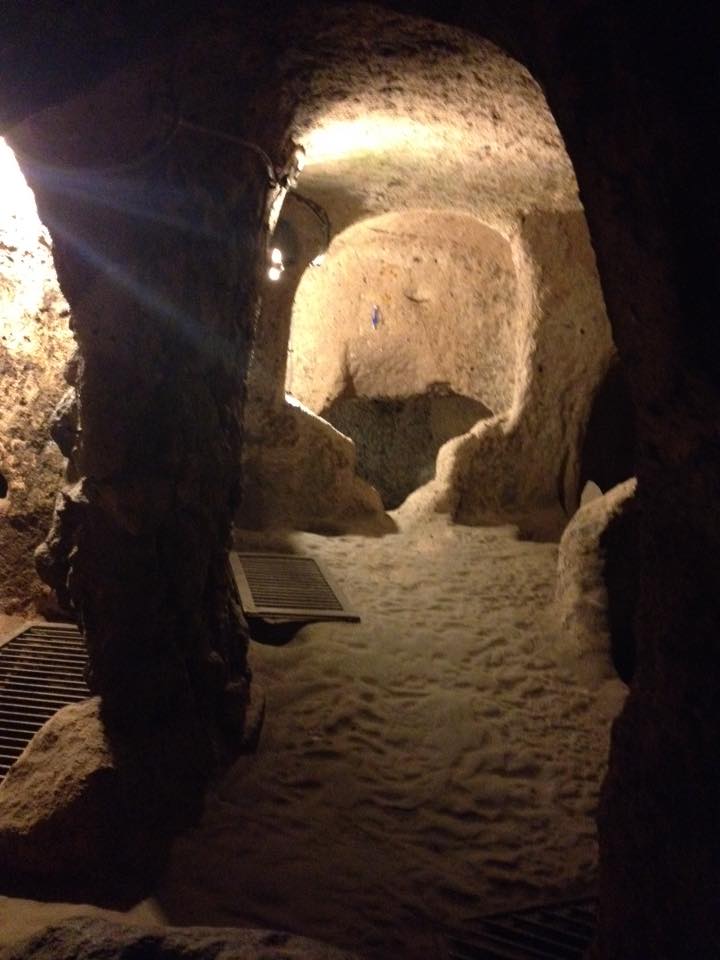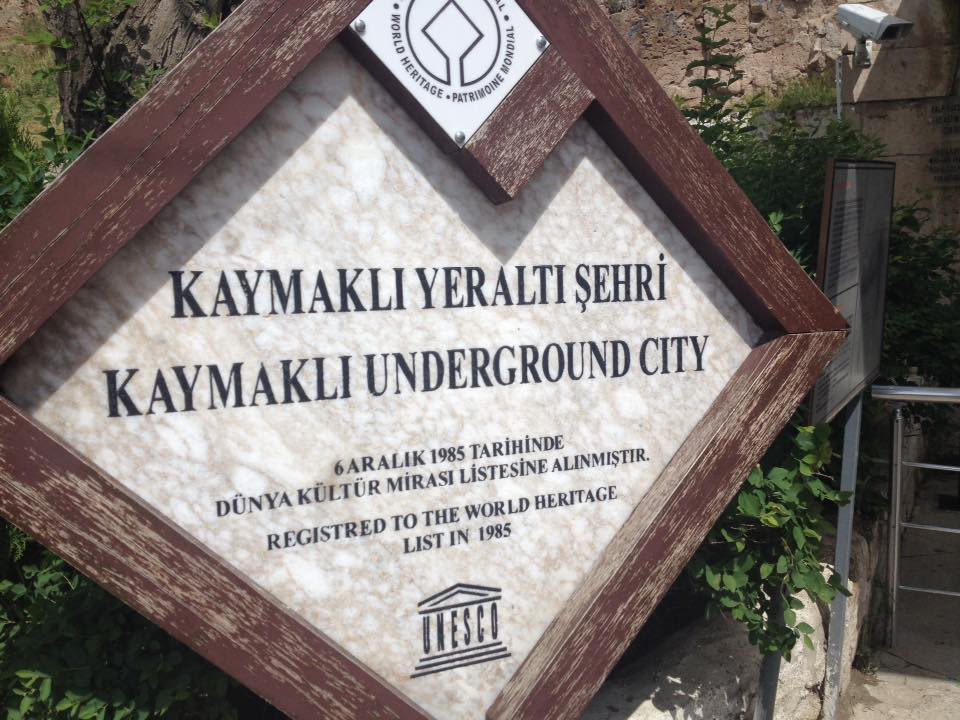My favorite city in Turkey! Cappadocia doesn’t have all of the grand historical tourist destinations that Istanbul does, but it has natural wonders and friendly locals in spades. Turkey was my first attempt at solo travel, and at times, it was very uncomfortable. I got lost, I got lonely, I got harassed. I also developed some inner resilience, realistic expectations, and adventured my butt off. In Cappadocia alone: Hot air ballooning, sleeping in an ancient cave, donating a lock of hair to a creeptastic collection, exploring an underground city, pottery making, wine tasting, and even finding sisterly love with three strangers among the fairy chimneys.
Hot Air Ballooning
I love hot air ballooning. My dad’s hobby when I was a kid was ballooning at events. Who knows where he gets this stuff, right? But as a little girl it was cemented in me that hot air balloons are amazing. When you’re up in the air, it’s anything but the dramatic adrenaline rush you might expect. I find it to be calm, slow, and meditative. I enjoy the work it takes to put the balloon in the air and to bring her down. The whole experience is a bit like sailing a small boat…in the air.
Ballooning anywhere is nice, but ballooning over a magnificent landscape like Cappadocia’s is an otherworldly experience. The ground is dotted with volcanic Dr. Seuss-esque spires and “fairy chimneys” (ok, you will notice some of them also look like penises). The valleys are carpeted with bright blue and purple wildflowers. Bare rock faces change colors as the sun rises. Ancient tombstones peek out of the long grass. And the sky is absolutely packed with balloons. I chose the earliest launch time for the most solitude and stayed in a little backpacker’s cave very close by just for this event. It was a fantastic mindset to begin my travels in, and the photos here do not do it justice (it was 2015 ok!). (PRO TIP: I am a cautious solo female traveler. I used an adjustable door jam in my cave room as the door was flimsy and without a lock. Guaranteed to help with peace of mind, even if it doesn’t save your life.)
The Rock Citadel of Uchisar
For this day I planned to visit the Citadel of Uchisar and do some hiking. I started with a coffee and breakfast. As soon as the waiter learned I was from Texas he insisted I have a “latte”. Because Texas. (Idk, I just went with it.) Well THIS is a Turkish latte, aka strawberry syrup coffee mountain with extra sugar.
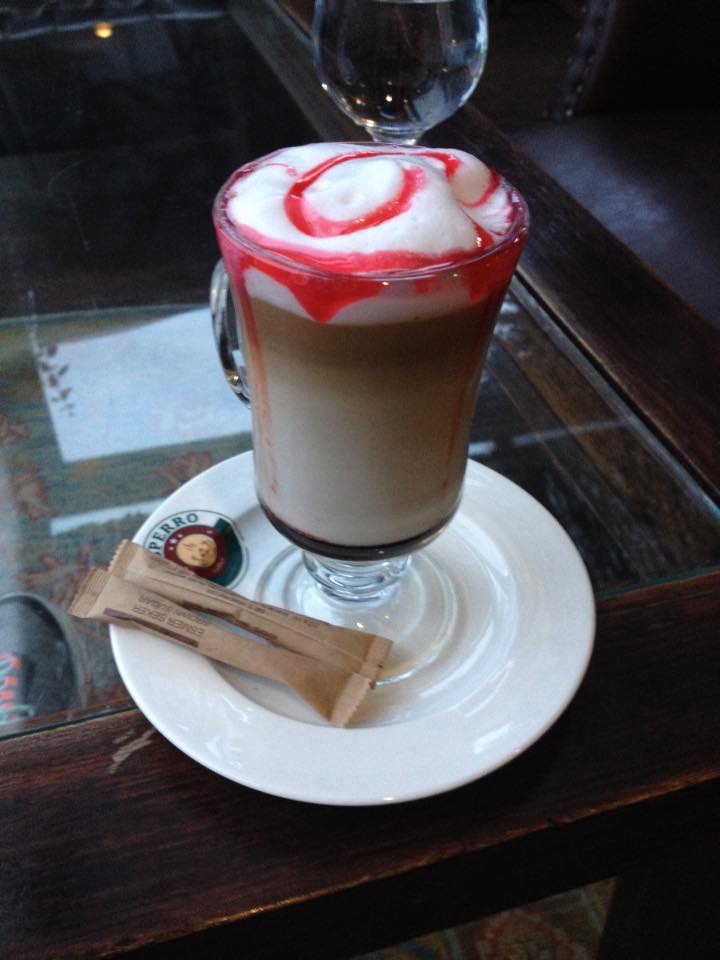
My friendly waiter offered to drive me to Uchisar and take me on a tour of the city, which I declined, because stranger danger is my mantra. I walked a good 5 miles to the Citadel instead. Obviously on the way I met a dog, gave her some bread, and we had a good ol time together. I always recruit a dog for a long walk. The citadel is a giant castle-mountain (that’s a word) inhabited by 1,000 people since 7th century AD. You can’t reach most of its inner passages today, but it’s fun to scrabble around the ones that are accessible. Many have still-intact huge circular stones used to seal inhabitants in during a threat. The cave-like rooms, both underground and towering high, make for excellent shelters that retain warmth in cold Anatolian winters and but stay cool in hot summers. A beautiful panoramic view awaits you at the top, though it can’t compare to the view from a balloon. The surrounding towns live off both the agricultural ways of their ancestors and, increasingly, off of modern tourism. I saw a beautiful juxtaposition of rural farming mixed with modern hospitality culture offering tours and experience-based travel. Many of the cliffside homes have been transformed into tourism lodgings, yet the cuisine remains traditional, which I loved.
Hiking
From Uchisar I moved on to hiking the nearby valleys, most famous of which are Pigeon Valley, Rose Valley, and Love Valley. I have no idea which (if not all) the valleys I hiked, because I got pretty lost. I think I had a good idea of how to orient back to the castle mountain rather than taking the valley shortcuts, but that would have added a lot of time and walking. Again, a friendly stranger offered to lead me and drive me home, which again I declined. Eventually I came across three other young women who were also lost: Sasza, Anna, and Eve. I’m not an extrovert, and I was at first sticking with a wave and small talk. They were so friendly to invite me to find our way out of the valleys together, and to continue exploring the towns the next evening. At this point I’d been abroad for several weeks, and the few social days I had with them were a blessing. We were lucky enough to stumble upon Hasan’s Tea Garden, a tiny and rather confusing hut in the middle of one of the valleys. We were served stale cookies and strong tea, given walking directions, and told about an apparently vicious feud between his tea garden and a rival tea garden trying to steal his business (in the middle of literally nowhere). But – he had t shirts! And I still wear mine! I find clothing to be a great travel souvenir.
I discovered that the girls had also been offered personalized tours from local men, and had also been too cautious to take them up on it. How to know if this is local, friendly culture, or the last time we’re ever seen alive? We decided there was safety in numbers said yes to the next offer, which came from a potter. He enthusiastically showed us his bent pinki finger, which is a sign of years of work on the pottery wheel, and introduced us to his many cousins and brothers; also with bent pinkis. At many points over the next day I felt distrustful and wary, particularly getting in to his car, yet deciding to allow a local to show us around made the trip so much better. Travel is a series of judgement calls. He charged us nothing and sacrificed his time and gas money to show us his favorite spots. We ate well, saw local dancing, toured his pottery workshop, admired the views from hidden local spots, and tasted locally made wine (one of his cousins is a dancer, and another makes his own wine. Lots of cousins!) We purchased pottery from his store as a thank you, but he gave us more and more as gifts. I treasure my little bowls and cups from Goreme!
Our weirdest adventure was the creeptastic hair cave. One of our new friend’s cousins collected hair. I wasn’t sure what this meant, and with the language barrier I figured I misunderstood. NOPE. There is a cave attached to his home and workshop lined with hair which he takes from visitors. Right now you’re thinking….dead visitors? Yeah my thoughts too when we were led deeper and deeper into the cave, finally into a dark cavernous room, and then the lights turned on, hair was EVERYWHERE:
We all donated a lock of hair. Partly to make the cousins happy…partly to get out alive. I think they’re just eccentric!
Lunch in Ihlara Valley
Ihlara valley is a canyon formed long ago by a now-dry river. After 26 bends and 14 kilometers, the canyon ends at the Selime Monastary. Somewhere near here, I ate my favorite meal in Turkey. I recall the massive Anatolian Shepherds outside, the wizened women who cooked our meal from scratch, the long outdoor table we ate on, and the old fashioned kitchen tools used. It didn’t look like a public restaurant and I’m sad to say I can’t find the name of it now. I was lucky enough to beg the recipe for the soup, first in Turkish on a scrap of paper, then have it translated to English. Along the way to Selime, I was astonished to find ancient frescoes of Jesus Christ, Adam, and the Virgin Mary painted on the inside of cave walls. They are badly damaged by smoke from campfires in these caves yet they are unmistakable. I had not realized how the area witnessed some of the earliest roots of Christianity. Dozens of frescoes like this covered the walls of nearly forgotten cave churches throughout the canyon. The tour through this valley and a magnificent lunch cost me around 60 Euro through Turkish Heritage Travel. I love to book local tours like this, as I would not have known which caves to check, and missed out on all the history had I explored it alone. Without this, it’s just a nice nature walk.
Kaymakli Underground City
The Kaymakli Underground City is HUGE. My fingers below show the area I covered. The rest is in-accessible. It’s not as well-lit or roomy as the Citadel of Uchisar, which made it all the cooler and more realistic to me. I can just imagine the locals fleeing to the underground tunnels with all their animals, packed to the gills with food and hay, to live sealed underground until the enemy armies on the surface gave up searching for them. It has everything you need to keep on with daily life for months at a time for more than 3,000 people: a church, winery, stables, kitchens, household rooms, aqua duct systems, ventilation systems, and nearly 100 separate tunnels. It also has strategic choke points should battle have entered the tunnels. I can see a giant Indiana Jones style boulder coming just around every corner.
Overall Rating:

That’s it for Cappadocia, my favorite city in Turkey. Many people only do a half-day or one-day trip from Istanbul, but if you can get a local guide, I recommend two full days at least. This goes double if you like nature and a leisurely pace. I would absolutely go back and try to hunt down our potter friend to say hello and thank you again.
